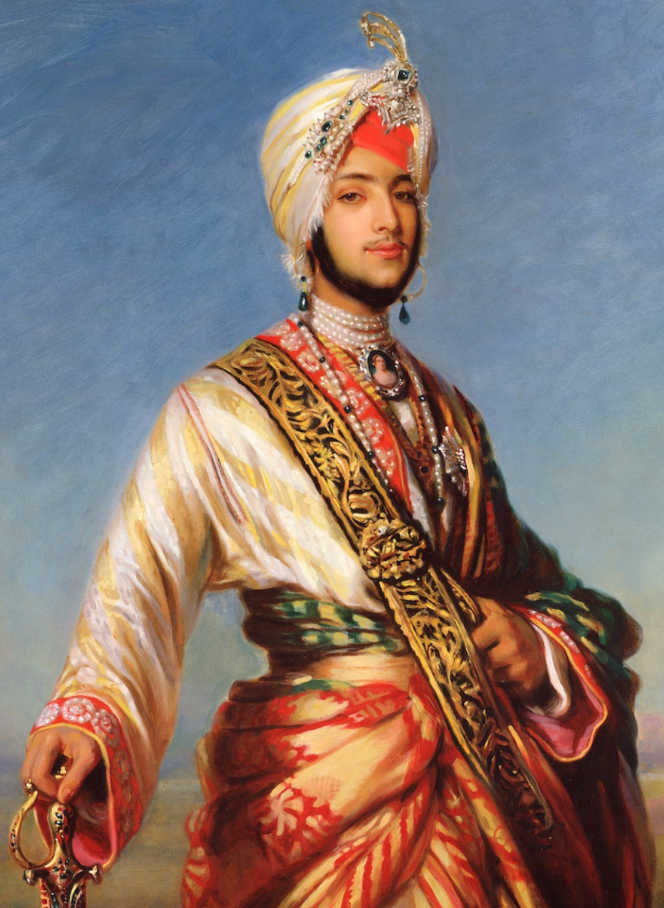FWP:
SETS == MUSHAIRAH; SYMMETRY; WORDPLAY
DOOMSDAY: {10,11}
For background see S. R. Faruqi's choices. This verse is NOT one of his choices; I thought it was interesting and have added it myself. For more on Ghalib's unpublished verses, see the discussion in {4,8x}.
This verse belongs to the group in which the beloved is a beautiful youth; for others, see {9,2}. For other verses about the beloved's tallness of stature, see {38,4}.
The popular Islamic tradition to which the commentators allude is well known in South Asia; Intizar Husain too refers to it in 'Basti' (Chapter 11).
Here the wordplay-- and meaning-play-- work irresistibly together. The first line tells us that something unspecified (since the subject has been colloquially omitted) is 'beyond a spear', meaning 'somewhat beyond the length of a spear', because of someone's (and of course we guess that it may be the friend/beloved's) newly-achieved stature. We are then made to wait (under mushairah performance conditions) before being allowed to hear the second line.
Then even in the second line, we have to wait till the last possible moment for the 'punch'-word that suddenly makes the whole verse explode into meaning: it's the rose in the friend/beloved's turban! And how elegantly the 'symmetry' works! On one reading, the sun of Doomsday is the rose on his turban (2a)-- triply so, since it is 'beyond a spear's length' in height; and is a 'newly-risen' dawn like his newly-achieved stature; and is devastating in its effect. The cosmic teleology itself cooperates in adorning him.
Or as the other, equally possible reading, the rose on his turban is the sun of Doomsday (2b)-- it is more than a spear's length high; it is fresh and new like his stature; and it is as radiant and devastating to the lover as the sun of Doomsday. His self-adornment is so potent that it actually acquires a cosmic efficacy.

Asi:
The single flower that is in the friend/beloved's turban-- it is the sun of the dawn of Doomsday that has come up to beyond a spear's length; and, so to speak, his stature is greater than a spear.
== Asi, p. 99